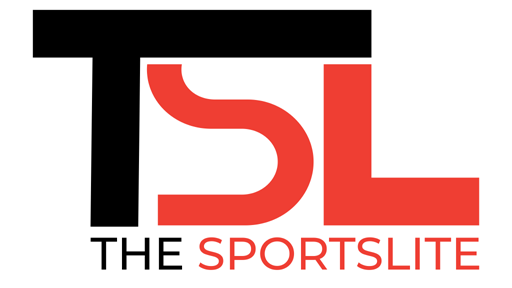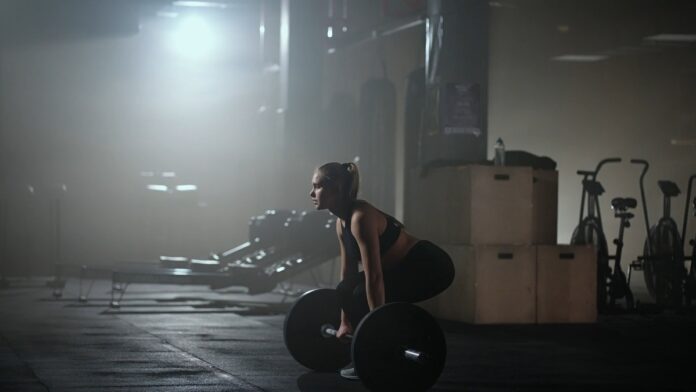Many people go to the gym, follow workout trends, or try new fitness programs without knowing if what they are doing actually works.
Some routines promise fast results, but without science to back them up, they can lead to wasted effort or even injury. A workout plan should be based on proven methods that improve strength, endurance, and overall health.
Experts have studied what makes workouts effective. The right approach includes smart training techniques, proper recovery, and a plan that matches your body’s needs.
Following science-backed fitness principles ensures that every workout moves you closer to your goals. However, the issue is that there are numerous sources online, many of them being fake. If you want to check out whether a research was made by a real expert, a good solution to that would be using a free AI detector.
Instead of guessing, use real evidence to stay on track and get the best results.
Prioritize Enjoyment in Exercise
Many people quit working out because they do not enjoy it. Sticking to a fitness routine is much easier when you actually like what you are doing. Science shows that people who find exercise fun are more likely to keep going, which leads to better results over time.
“Fun and enjoyment are crucial… finding joy in fitness helps maintain long-term motivation.” – Kelly Cho
Find an Activity You Like
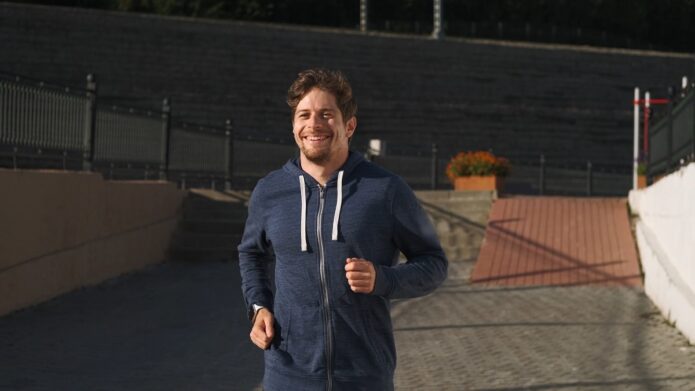
Exercise does not have to mean lifting weights or running on a treadmill. Sports, dancing, hiking, or even jumping rope can be great workouts.
Try different activities until you find something that keeps you moving and engaged.
Set Goals That Motivate You
Working out just to burn calories can feel like a chore. Setting goals, such as improving strength, running a certain distance, or learning a new skill, gives your workout a purpose. Achieving small wins makes the process more rewarding.
Make Workouts Social
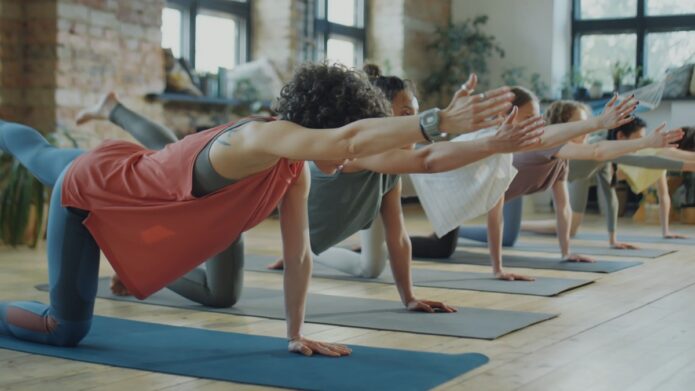
Exercising with friends or joining a class can make workouts feel less like work. Group fitness, sports teams, or even online fitness challenges add a social element that keeps things exciting.
Mix Things Up
Doing the same workout every day can get boring. Trying new exercises, switching locations, or changing your routine keeps things fresh. Variety not only keeps you interested but also helps train different muscle groups.
Add High-Intensity Interval Training (HIIT) to Your Routine
Long workouts are not always necessary for real results. High-Intensity Interval Training (HIIT) is a powerful way to burn fat, build endurance, and boost metabolism in less time.
Instead of steady, moderate workouts, HIIT uses short bursts of intense effort followed by rest. Science proves this method can be more effective than jogging for an hour.
As Sarah Campus explains for The Sun, “HIIT is a quick and effective way to burn calories and increase your metabolic rate.”
Why HIIT Works
Traditional workouts keep the heart rate steady, but HIIT forces the body to work harder in short bursts. This increases calorie burn, strengthens the heart, and improves endurance. Studies show HIIT workouts can continue burning calories hours after the workout ends.
How to Start
No gym equipment is needed. Bodyweight exercises like squats, push-ups, jumping jacks, and sprints work perfectly. Do 30 seconds of maximum effort, then rest for 15–30 seconds before switching moves. Repeat for 15–20 minutes.
Short Workouts, Big Results
HIIT sessions can be as short as 10–20 minutes and still provide benefits. Research proves that just a few HIIT sessions per week can improve cardiovascular health and speed up fat loss.
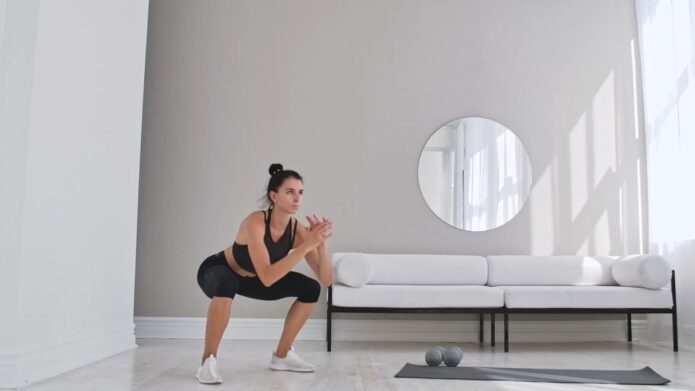
Make It Work for You
Beginners can start with lower-impact moves like step-ups instead of jumps. More advanced people can increase intensity by adding weights or making rest periods shorter. HIIT is flexible and works for all fitness levels.
Train for Real Strength, Not Just Looks
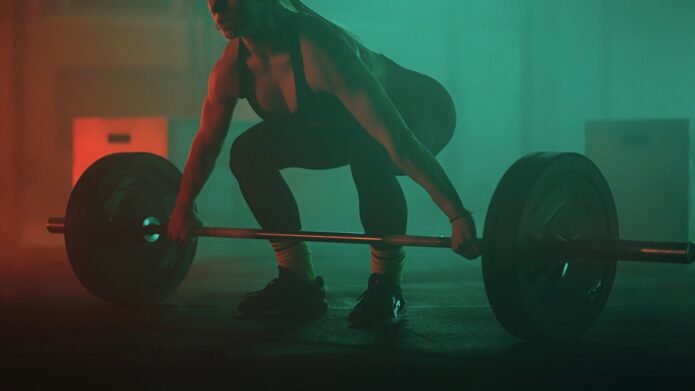
A workout routine should do more than make muscles look good. Functional strength training focuses on movements that help in everyday life, improving balance, flexibility, and power.
This type of training works multiple muscle groups at once, making workouts more efficient and reducing the risk of injuries.
As Verywell Health explains, “Functional strength training engages multiple muscle groups simultaneously, promoting better body mechanics and reducing injury risk.”
Why Functional Strength Matters
Muscles that look strong do not always perform well. Lifting weights in unnatural positions can build size but fail to improve real-world movements. Functional exercises mimic daily actions, improving strength that translates to better posture, mobility, and injury prevention.
Best Functional Exercises
Forget useless machine exercises. Functional training focuses on movements that challenge stability, coordination, and strength at the same time. The best exercises include:
- Squats – Strengthens legs and core, improves mobility
- Deadlifts – Builds total-body power and protects the lower back
- Push-ups – Engages the chest, shoulders, triceps, and core
- Lunges – Improves balance and leg strength
- Rows & Pull-Ups – Strengthens back muscles for better posture
Give Your Muscles the Rest They Need
Muscles do not grow during workouts. They grow when you rest. Training too much without enough recovery leads to injuries, fatigue, and slower progress.
Recovery is just as important as exercise because it allows muscles to repair, rebuild, and get stronger. Skipping rest days or ignoring soreness can ruin results.
How to Recover the Right Way

- Get Enough Sleep – The body recovers most during deep sleep, where muscle-building hormones are released.
- Eat Protein & Nutrients – Muscles need protein, healthy fats, and carbs to repair and grow.
- Take Rest Days – Avoid back-to-back heavy workouts. At least one full rest day per week prevents overtraining.
- Try Active Recovery – Light movement like stretching, yoga, or walking can speed up recovery without stressing the body.
Signs You Are Overtraining
- Constant muscle soreness that does not go away
- Feeling weak instead of stronger
- Trouble sleeping or feeling drained all day
- Getting sick more often
Follow a Workout Plan That Fits You
Copying someone else’s routine does not guarantee results. A good workout plan should match your goals, fitness level, and body type.
A routine built for someone else may not work for you, and blindly following trends often leads to frustration. The best results come from a structured plan designed to fit your specific needs.
- Different goals need different training – A plan for muscle growth looks different from one for endurance or fat loss.
- Bodies respond differently – Some people build muscle faster, some recover slower. Adjusting workouts prevents burnout and maximizes results.
- Avoiding random workouts – Jumping from one workout to another without a structure slows progress and causes imbalances.
How to Create a Plan That Works
- Pick Your Goal – Strength? Fat loss? Better endurance? Define what you want before choosing exercises.
- Choose the Right Training Style – HIIT for fat loss, weightlifting for strength, mobility work for flexibility.
- Balance Intensity & Recovery – Train hard but allow rest days to prevent burnout.
- Track Progress & Adjust – If results stall, tweak reps, weights, or workout structure.
Signs Your Plan Needs Fixing
- You see no progress after weeks of effort.
- Workouts feel too easy or always leave you completely drained.
- You dread every workout instead of feeling motivated.
Lift Heavier Over Time to Get Stronger
Lifting the same weight every workout will not make you stronger. To build muscle and improve fitness, you need to gradually increase the weight, reps, or intensity. This is called progressive overload, and it is the foundation of strength training.
Expert Insight
As experts from Bodybuilding.com explains, “Progressive overload is fundamental in strength training and is supported by extensive research.”
How to Apply Progressive Overload
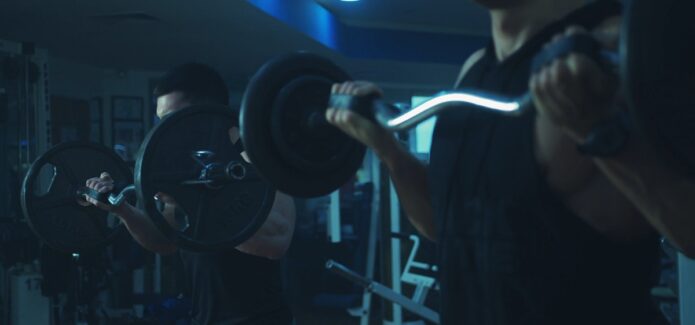
- Increase weight – Lift heavier weights over time, but only when form stays solid.
- Add more reps – Do an extra rep or two before increasing weight.
- Shorten rest time – Reduce time between sets to challenge endurance.
- Improve control – Slow down reps to create more muscle tension.
FAQs
How Often Should You Change Your Workout Routine?
Sticking to the same routine for too long can lead to plateaus, where progress slows down. Most experts recommend making small changes every 4–6 weeks.
This can mean increasing weights, adjusting reps, or trying new exercises. If your routine feels too easy, it is time for a change.
Is Stretching Before a Workout Necessary?
Static stretching (holding stretches for long periods) before a workout is not recommended. Instead, do a dynamic warm-up with movements like leg swings, arm circles, and bodyweight squats.
These prepare muscles for exercise and reduce the risk of injury. Save long stretches for after the workout when muscles are warm.
Should You Work Out When You Are Sore?
Mild soreness is normal, but extreme soreness means your muscles need more recovery. If soreness is light, doing low-impact movement like walking or yoga can help recovery.
However, if muscles feel too painful, it is better to take a rest day or train a different muscle group.
Is Fasted Cardio Better for Fat Loss?
Some believe exercising on an empty stomach burns more fat, but research shows total daily calorie intake matters more than timing.
Fasted cardio may help some people, but if energy feels low, eating a small pre-workout snack can improve performance.
Can You Build Muscle Without Weights?
Yes, bodyweight exercises like push-ups, squats, lunges, and pull-ups can build muscle when done with proper intensity. Increasing reps, slowing down movements, and using resistance bands can make bodyweight training more effective.
However, weights allow for progressive overload, which helps build muscle faster.
The Bottom Line
Most people waste time in the gym doing things that do not work. A workout routine backed by science removes the guesswork and guarantees results.
Lifting heavier over time builds real strength. HIIT burns fat without wasting hours. Functional training prevents injuries and makes muscles work in real life, not just in the mirror.
Rest days are not optional—muscles grow when you recover, not when you train.
A workout plan should fit your body, not be copied from someone else. Tracking progress stops you from spinning your wheels.
If a workout does not follow these principles, it is useless. Train smart, push limits, recover right, and adjust when needed. Anything else is just wasting time.
